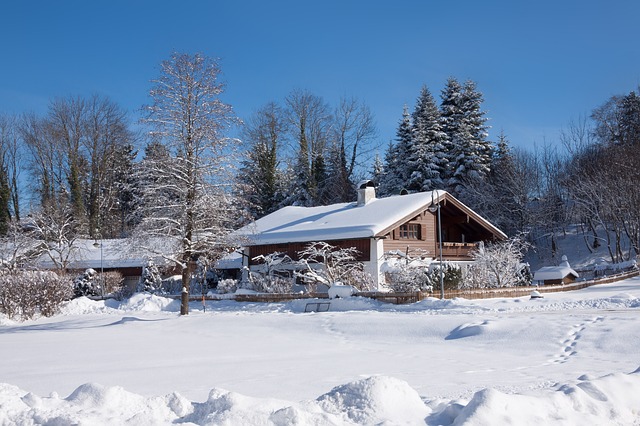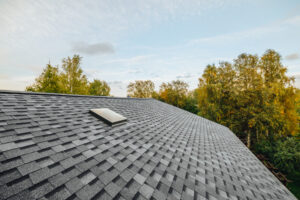
It might be a cliché, but winter is coming, no way around it. There are many different predictions floating around, but the truth is we won’t know how cold it will be and how much snow we’ll get until after the fact. This is why it’s best to prepare your home for the worst case scenario—being snowed in with no power for a few days. You’ve probably already checked and filled up your generator and stocked up on firewood. But as a Maryland roofing company we want to remind you that your roof could also use some TLC this time of year. Winter can be harsh on all types of roofing systems, so don’t miss an opportunity to inspect your roof, repair any damage and attend to your gutters.
Inspect the Roof
We wish we could just tell you where your roof might start leaking this winter, but there is no way of knowing. The best you can do is inspect your roof from all angles and address any damaged areas. Even if you’ve just had your roof repaired or replaced, inspect it again. It’s possible that your roofer didn’t do a very good job, and it’s best to catch any issues before the first winter.
How to Inspect a Roof
You can always call a home inspector or your local Maryland roofer to do the job, or you can conduct the inspection yourself while being extremely careful.
- Inspection from the ground: walk around your home and see if you notice anything unusual. Zoom in with your camera or binoculars to see more. If there is obvious damage like missing shingles, you can stop here and call a professional to do a closer investigation.
- Minimal roof inspection: put a ladder to each side of the roof, climb up and look. Take many pictures, zoom in with your camera at suspicious areas. Mind you, dragging a heavy ladder around the house can be a daunting task.
- Get on the roof: walk around and closely examine flashing around chimney and vents, the condition of the shingles, as well as any sagging spots.
- Have a drone with a decent camera? Use it to take footage of the top of your roof, so that you don’t have to climb up.
If your inspection reveals roof damage, now is the time to get in touch with a roofer for a plan of action. A benefit of having a roofer do the inspection instead of doing it yourself is that he or she can also spot code violations and places where your previous roofing crew cut corners. They may not be causing issues at the moment, but over the winter they may turn into leaks.
Inspect the Gutter System
Well-functioning gutters are extremely important. Get up on the ladder and check if your gutters are in a good shape and securely attached. Tighten or replace any loose screws to make sure your gutters won’t fly off during a big storm, damaging your siding or windows. Don’t forget to check the downspouts as well—make sure they are not leaking by flushing them with your garden hose. This will also help detect any clogs.
Cleaning the Gutters
If you don’t have a gutter guard installed, clean the gutters of any leaves and twigs. You can do this the old-school way with a trowel and a bucket, or you can use some of the newer tools that allow you to do this from the ground. These tools include things like power washer extensions and vacuum hose extensions. Below is a video showing how a vacuum gutter cleaner works. Or you could always hire someone to do this dirty job for you instead of spending money on tools you might only use twice a year.
If your gutters look like they’ve seen better days, it may be a good time to replace them. Although they have nothing to do with roof leaks, they do play a role in how dry your basement is. Overflowing or leaking gutters will send roof runoff straight to your foundation, causing moisture issues in the basement.
Whether you need new gutters or think your roof could use repairs, contact our professionals at Platinum Exteriors!




